
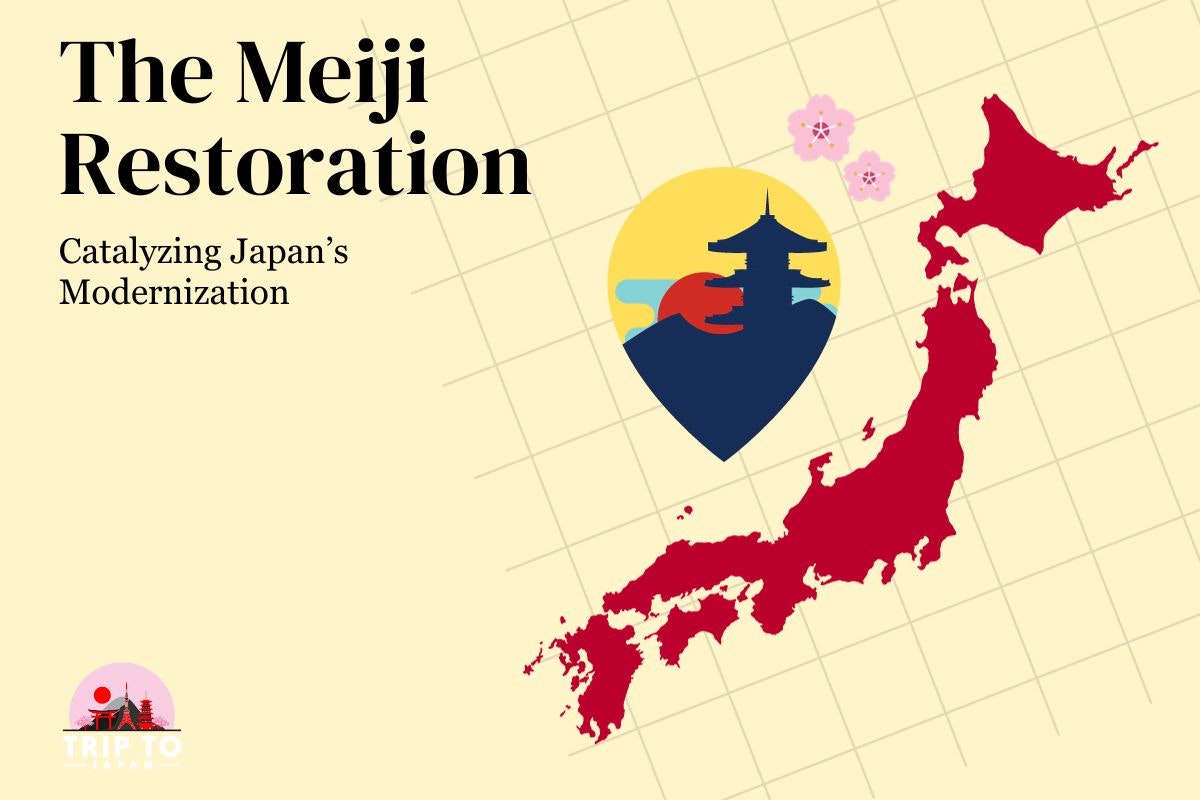
ザ明治維新は、大きな変化と魅力的なコントラストの時代でした。私たちの歴史ツアーは、観光スポットを紹介するだけでなく、あなたを別の時代に連れて行ってくれます。
西洋の技術と思想の影響が急成長する中、武士が通りを歩き回った明治時代の豊かなタペストリーを探りましょう。
時間を旅し、近代日本の誕生をのレンズを通して見る準備をしてください日本への旅行。それはただ読む以上のものです-それはタイムトラベルの冒険です。
明治維新は、明治維新とも呼ばれ、1868年から1912年にかけて日本で起こった政治的・社会的革命です。それは徳川幕府の終焉を告げるものでした封建制と日本における近代化の始まり。明治維新は、日本の明治天皇の治世下で始まりました
明治維新は、「伝統的」な日本から「近代的」な日本への移行を特徴づける重要な転換点として広く認識されています。この変革的な出来事は、日本の歴史を形作る上で大きな意味を持っています。

「明治」という言葉は「啓蒙された支配」と訳され、西洋の思想を受け入れ、日本を近代化するという日本の新政府の目標を反映しています。
明治維新は日本の歴史の転換点であり、日本の政治、社会、経済、文化、技術に大きな変化をもたらしました。
この間、日本は内外ともに大きな変化を遂げました。この国は、孤立した封建社会から近代的な工業国へと移行しました。
この変革は、天皇に権力を回復し、西洋の列強に対抗するために日本を近代化しようとした若い武士階級の人々のグループによって主導されました。
明治維新の指導者たちは、強いナショナリズムと、日本を強い独立国家にしたいという願望に突き動かされていました。彼らは、西洋のイデオロギーと技術を採用することが、グローバル化が進む世界で日本が生き残るために必要であると信じていました。
彼らのイデオロギー、福岡 京平または「国を豊かにし、軍事を強化する」と、工業化、近代化、軍事力を強調しました。
1868年から1912年まで在位した明治天皇は、明治維新期の日本の変貌を象徴する存在でした。彼が王位に就いたのはわずか15歳で、彼の治世は皇帝の役割に大きな変化をもたらしました。
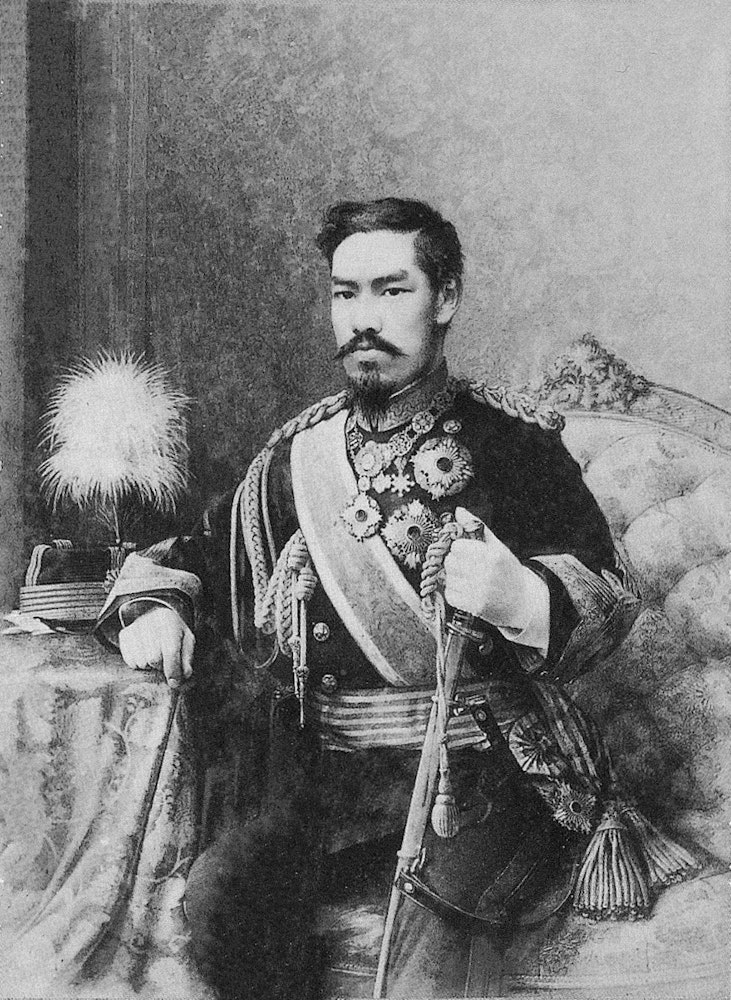
明治維新にはいくつかの要因がありました。しかし、明治革命の礎を築いた上位の要因は、以下の3つです。
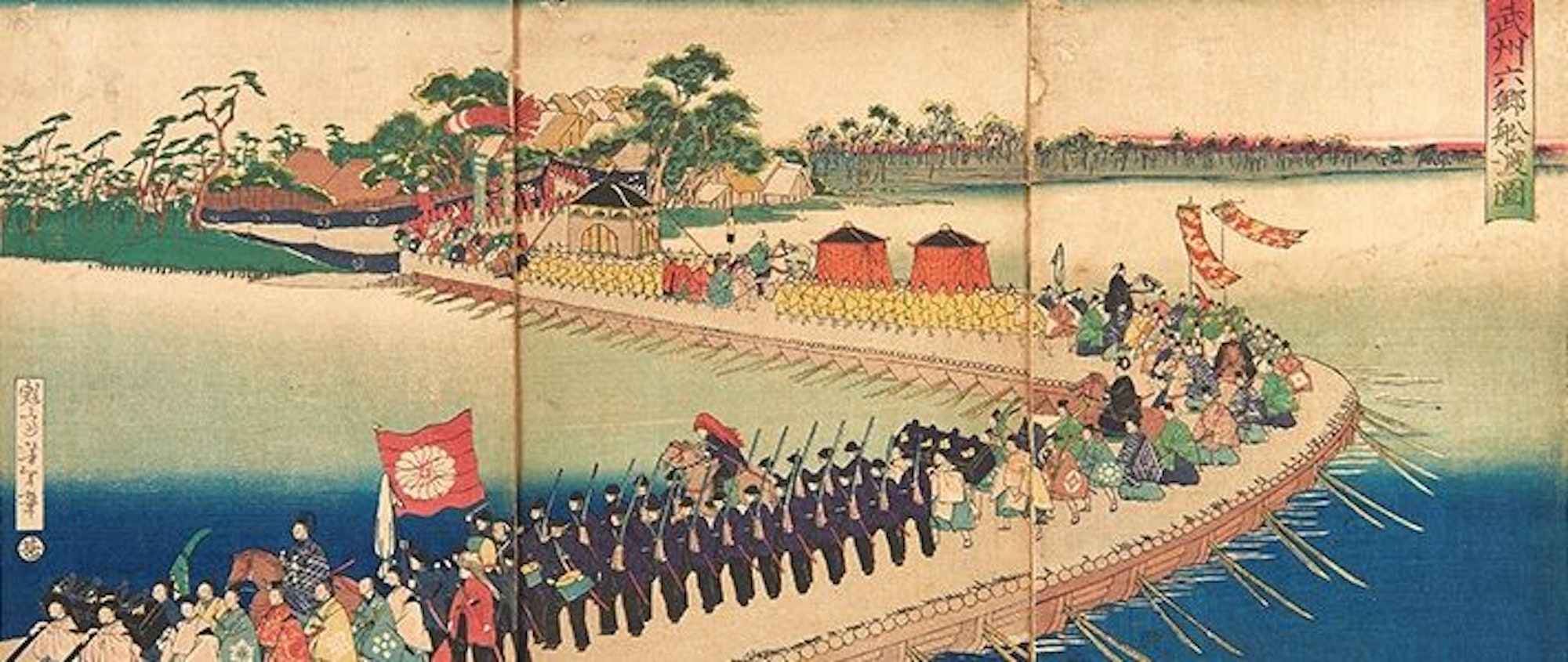
19世紀半ば、日本は西洋列強によって外国貿易に港を開放することを余儀なくされました。これにより、日本は新しいアイデアや技術に触れ、封建制度に対する不満が高まり、日本が生き残るためには近代化が必要であるという認識につながりました。
1853年、アメリカは高度な軍艦と技術を持って日本に来て、日本人が西洋列強に遅れをとっていることを示しました。その目的は、日本の港を経由する貿易を可能にする条約を作ることでした。
幕範制度は、幕府と天皇の間で権力を分割する二重政府構造であり、日本の政情不安を引き起こしました。このシステムは、伝統的な方法を維持したい人々と変化を求める人々との間に分裂を生み出しました。
1853年、幕府はアメリカと不平等条約を結び、大衆の怒りを買いました。この出来事がきっかけとなり、幕府に対する反乱が起こり、明治天皇の台頭の道が開かれました。
日本の歴史を通じて、天皇は政治権力を剥奪され、単に名目上の指導者として仕えられてきました。
しかし、明治維新の時代には、天皇への忠誠心が台頭し、多くの人が天皇に権力を回復させることが日本の成功に不可欠であると考えていました。この信念は、革命の背後にある重要な原動力でした。
日本人としての強いアイデンティティと自国への誇りに基づくナショナリズムのイデオロギーは、明治維新の時代に変化を促す上で重要な役割を果たしました。
人々は、外国勢力が自国の政策を支配することにうんざりし、日本が強い独立国家になることを望んでいました。
これらの要因は最終的に明治革命に至り、残りは変革の歴史です!
明治維新は日本に大きな影響を与え、日本を近代的な工業大国へと変貌させ、世界の舞台に躍り出させました。封建制度は廃止され、天皇を名目とする新しい中央集権的な日本政府が樹立されました。
この時代は、産業、教育、軍事、政治など、日本社会のさまざまな側面で急速な近代化と西洋化が進みました。これはまた、社会の激変や伝統文化や価値観の変化にもつながりました。
全体として、明治維新は日本の歴史において極めて重要であり、20世紀に世界の主要国として台頭する舞台を整えました。
もう少し深く掘り下げてみましょう。
明治時代は、その成功例としてよく挙げられます。近代化理論これは、西洋のアイデアとテクノロジーを採用することで、経済成長と政治的安定につながると述べています。
日本が封建国家から工業化・近代国家へとわずか数十年で急速に変貌したことは、この理論の有効性の証拠と見られている。
今日、日本は、明治維新の永続的な影響もあって、世界で経済と文化を支配し続けています。
明治維新は、日本の女性にも大きな影響を与えました。新政府は、女性の教育と社会参加の促進を目指し、教育と雇用の機会の増加につながりました。

1913年までに、推定80万人の女性労働者繊維産業に就職していました。女性は高等教育を受けることができ、以前は男性だけに許されていた職業に就くことができました。このようなジェンダー平等の推進は、日本における女性の権利のさらなる進歩の基礎を築きました。
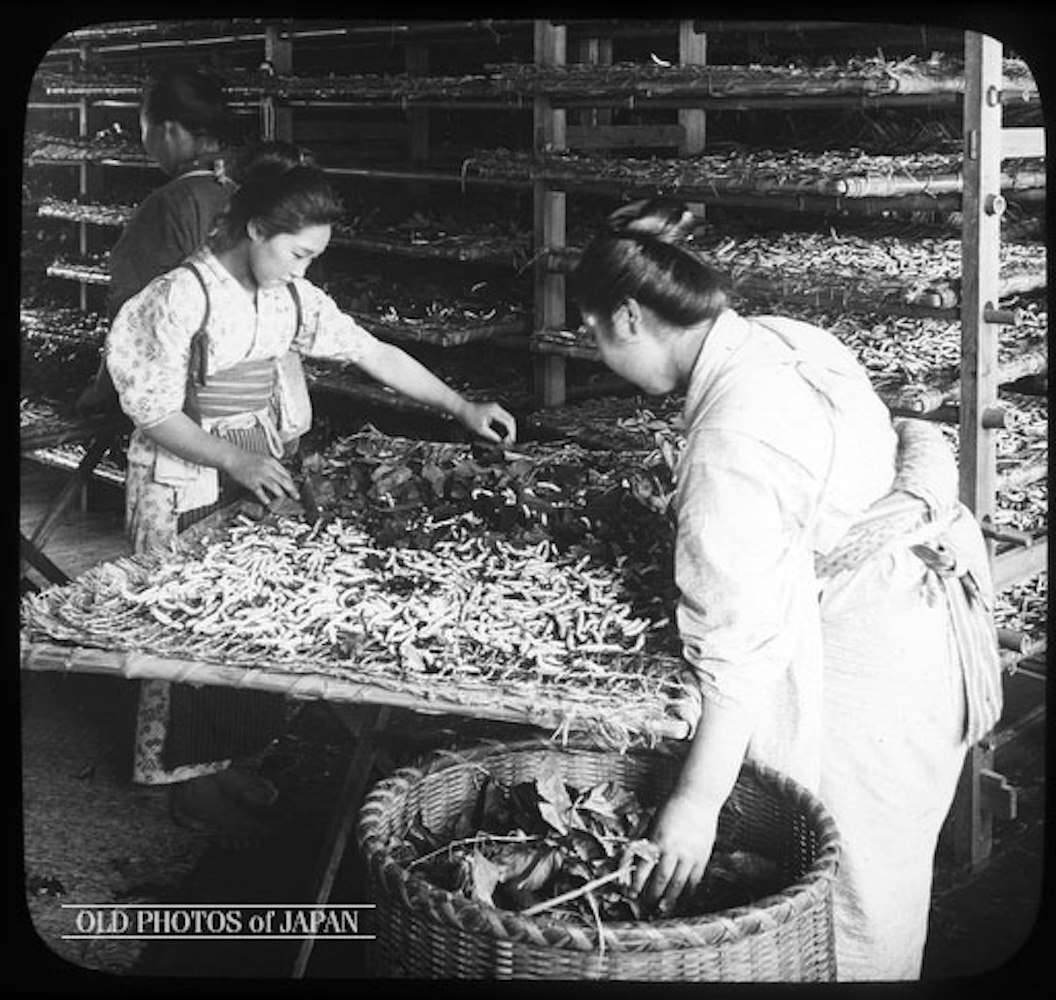
明治維新は、日本を近代化しただけでなく、産業革命を引き起こし、日本を世界有数の経済大国に押し上げました。
政府は、国営産業の設立、民間企業への補助金や融資、西洋の技術や実践を学ぶための学生を海外に派遣するなど、工業化を積極的に推進しました。
明治政府は綿花や絹などの重工業に投資し、鉄道や鉱業で産業基盤を拡大しました。1893年までに、絹は日本最大の輸出産業になりました。全輸出の42%。

IMAGE: "Steam train", an artwork created by Utagawa Hiroshige III in 1875.
石炭と金属の採掘は、日本の初期の工業化時代に重要な役割を果たし、鉱物生産は次のように増加しました 700%1876年から1896年まで。
その結果、日本の製造業は飛躍的に成長し、繊維、鉄鋼、船舶などのモノの生産につながりました。この急速な工業化は、貿易の増加にもつながり、日本経済を後押ししました。
また、明治維新により、日本は国際社会に進出し、外国貿易や文化交流にも門戸を開きました。
1870年代には、次のコホートが存在していました。「募集された外国人」(親戸井外人)彼らは明治政府に招かれ、日本の産業革命を先導しました。この選ばれたグループは、国を進歩と発展に導く上で極めて重要な役割を果たしました。
彼らの進歩を追求するために、明治時代の支配層エリートの半数は、アメリカと西ヨーロッパへのスタディツアーに乗り出しました。彼らの目的は、西洋で普及している新しい技術や社会政治システムに強い関心を持って、日本の外の状況を観察することでした。
彼らは求めました欧米から学ぶことで、日本を追いつくだけでなく、前進させることができる。この試みは、日本の成長を加速させる可能性のある進歩を理解し、受け入れたいという深い願望によって推進されました。
明治政府の政策により、大規模な民間セクターが創設され、日本の工業化に重要な役割を果たしました。
財閥、または三菱や三井物産などの大規模な家族経営のコングロマリットは、この時期に出現し、日本経済の不可欠なプレーヤーになりました。これらの企業は、国の工業生産を後押しする責任があり、その全体的な発展において重要な役割を果たしました。
明治維新は、日本の歴史において重要な出来事であり続け、日本のアイデンティティに影響を与え、現代社会を形作っています。
今日、日本は高度な技術、強力な経済、そして伝統文化と現代文化のユニークな融合で知られています。これらの特徴は、明治政府とその国の発展への影響にまでさかのぼることができます。
さらに、の原則福岡 京平あるいは、国を豊かにし、軍事力を強化することは、今日の日本の政策にも当てはまります。明治維新は、日本を進歩と近代化への道に導き、日本を世界的な経済と文化の大国にしました。
日本を訪れる際には、明治維新とその日本への影響について学ぶために観光客が訪れることができる場所がいくつかあります。

明治時代の指導者である明治天皇と正憲皇后を祀る神社。1920年に建てられ、穏やかな森の環境で知られています。
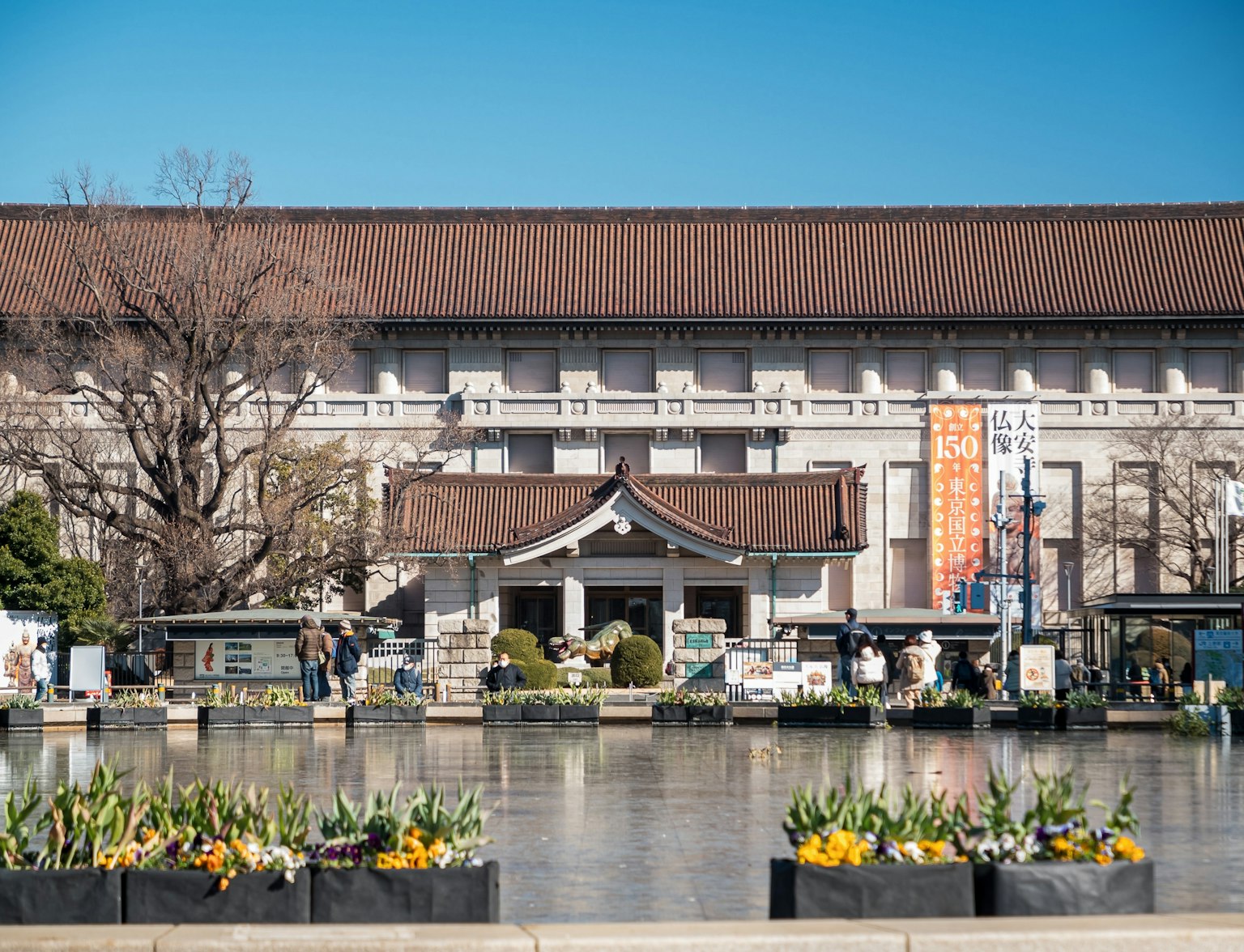
東京の美しい明治神宮を訪れてください。

明治時代の60以上の建物を展示する野外建築博物館で、日本の近代化と西洋の影響を紹介しています。
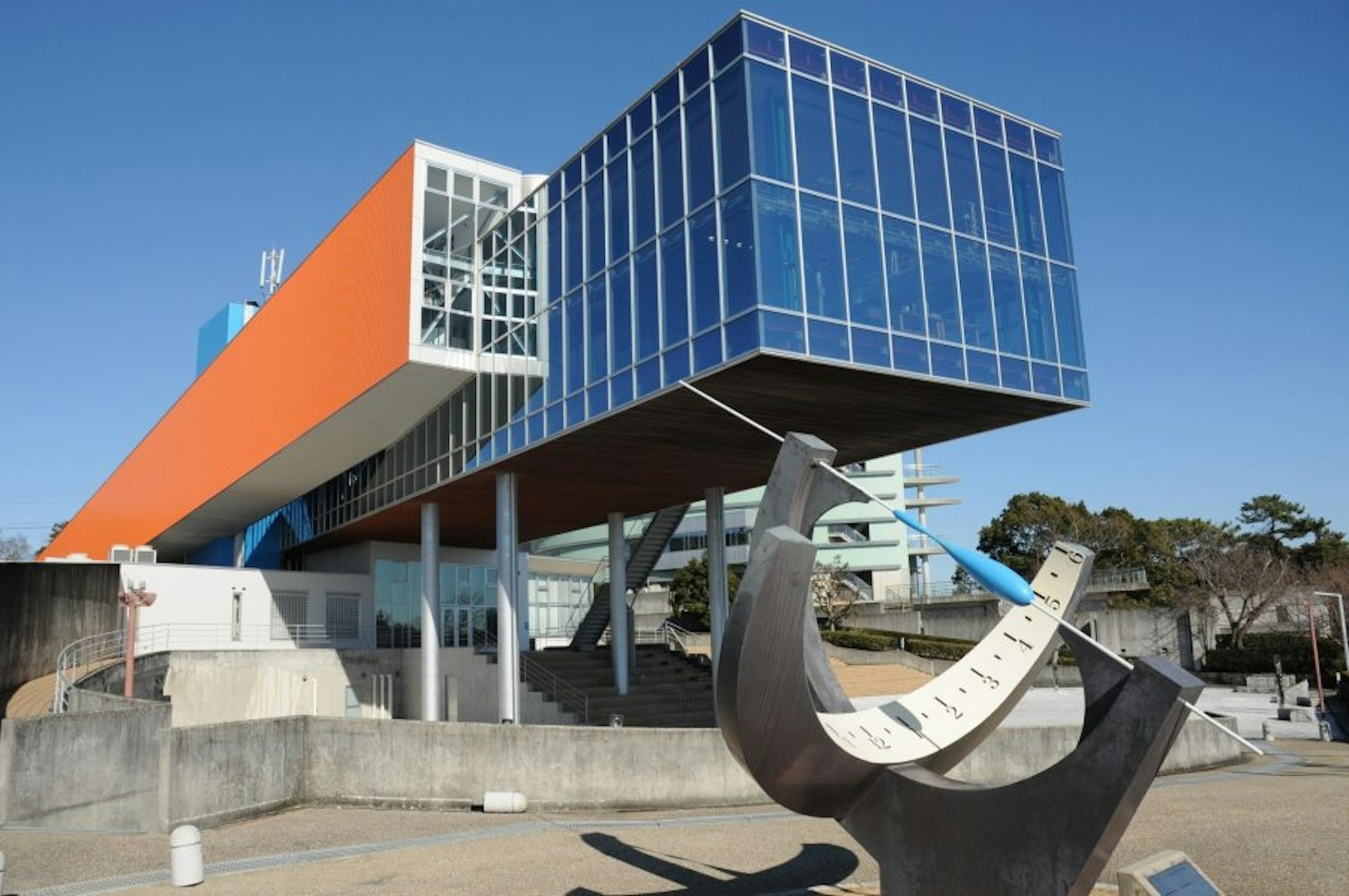
徳川幕府の打倒に貢献した明治維新の重要人物である坂本龍馬に捧げられた博物館。

1855年に日本の天皇の邸宅として建てられ、明治初期には明治天皇の邸宅として使用されました。
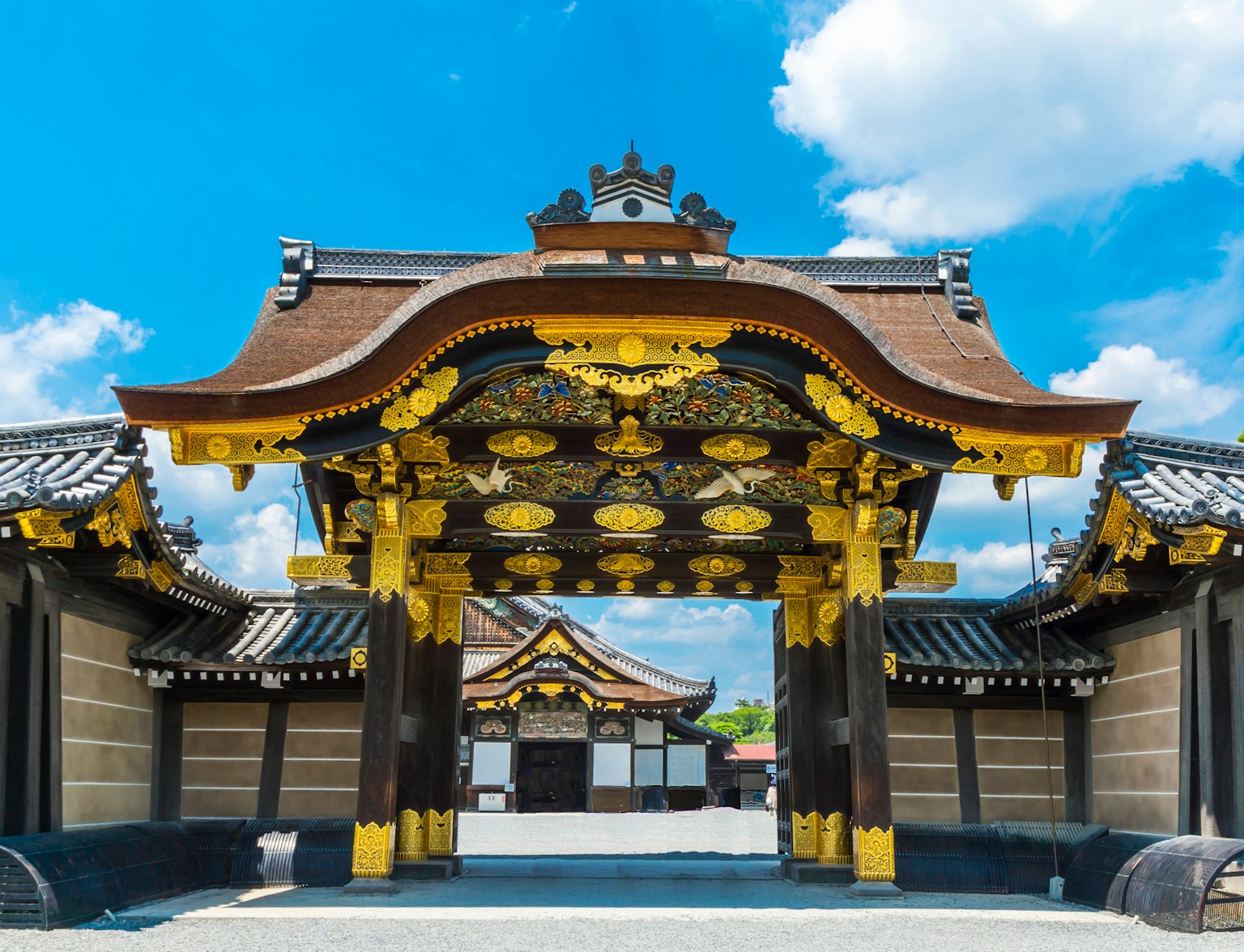
このツアーで歴史的な京都御所を目撃してください。
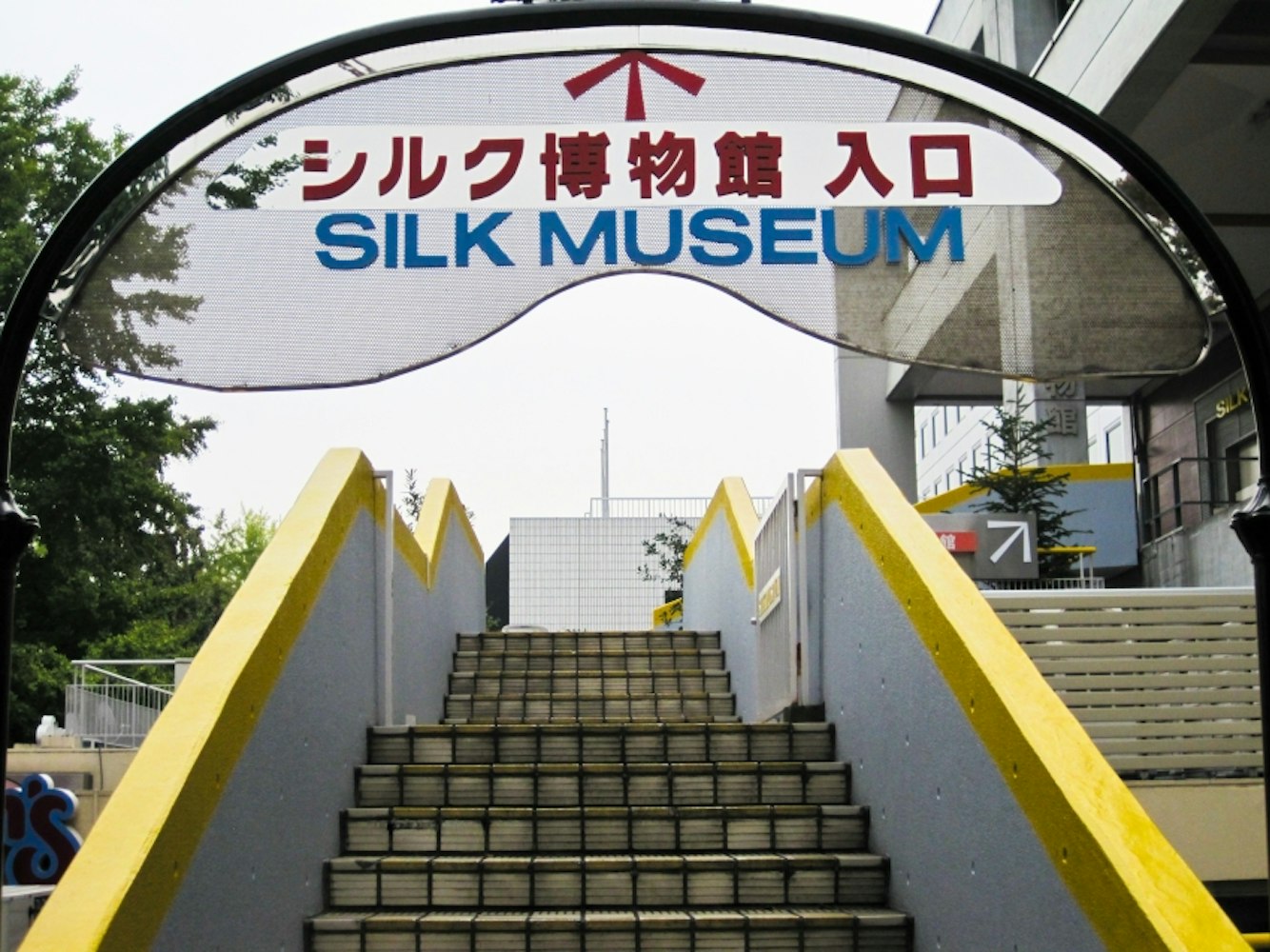
横浜市にあるこの博物館は、明治時代の日本の絹産業とその成長を紹介しています。
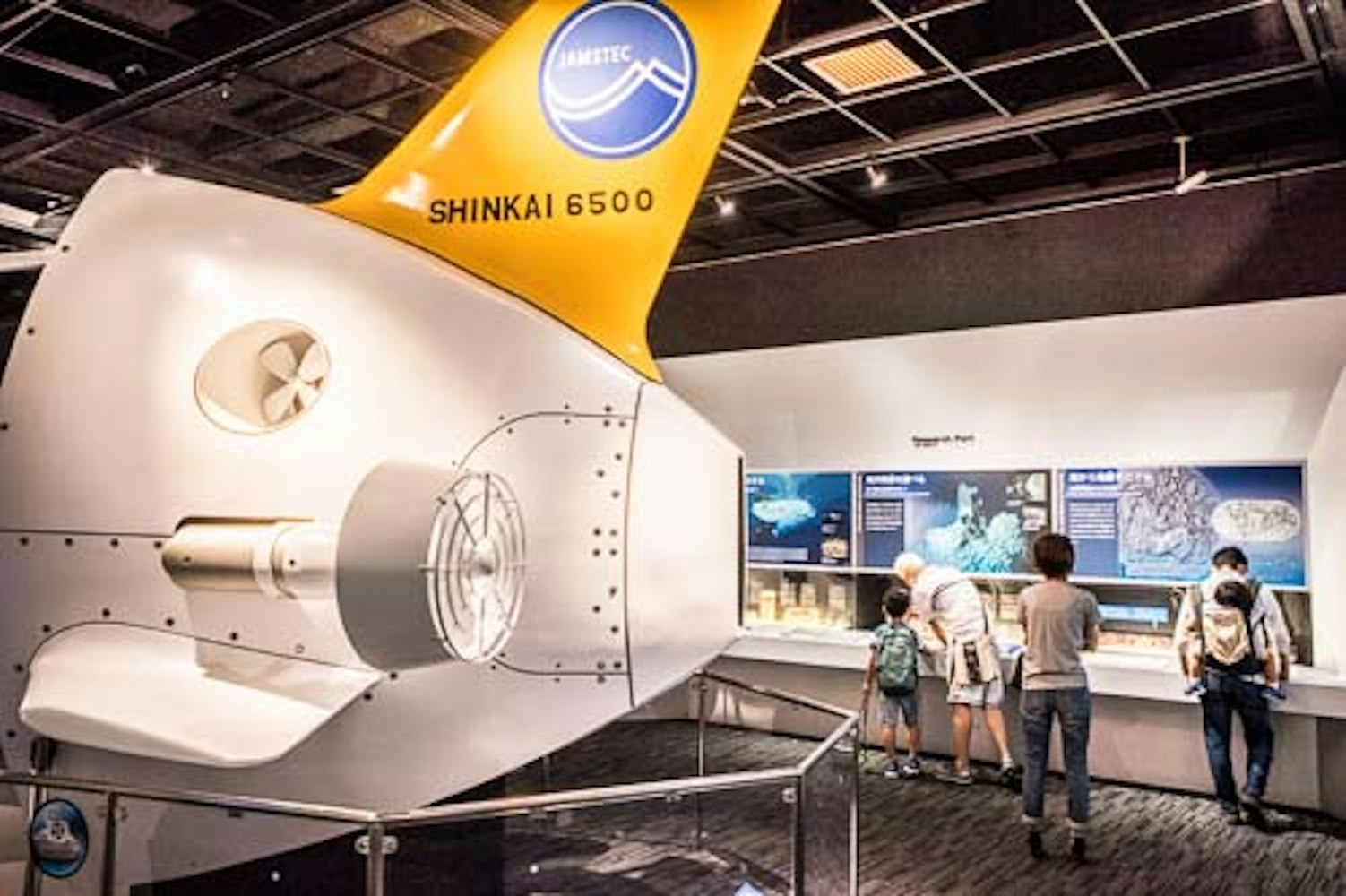
この博物館では、明治時代に日本を代表する財閥の1つである三菱の歴史と発展を知ることができます。
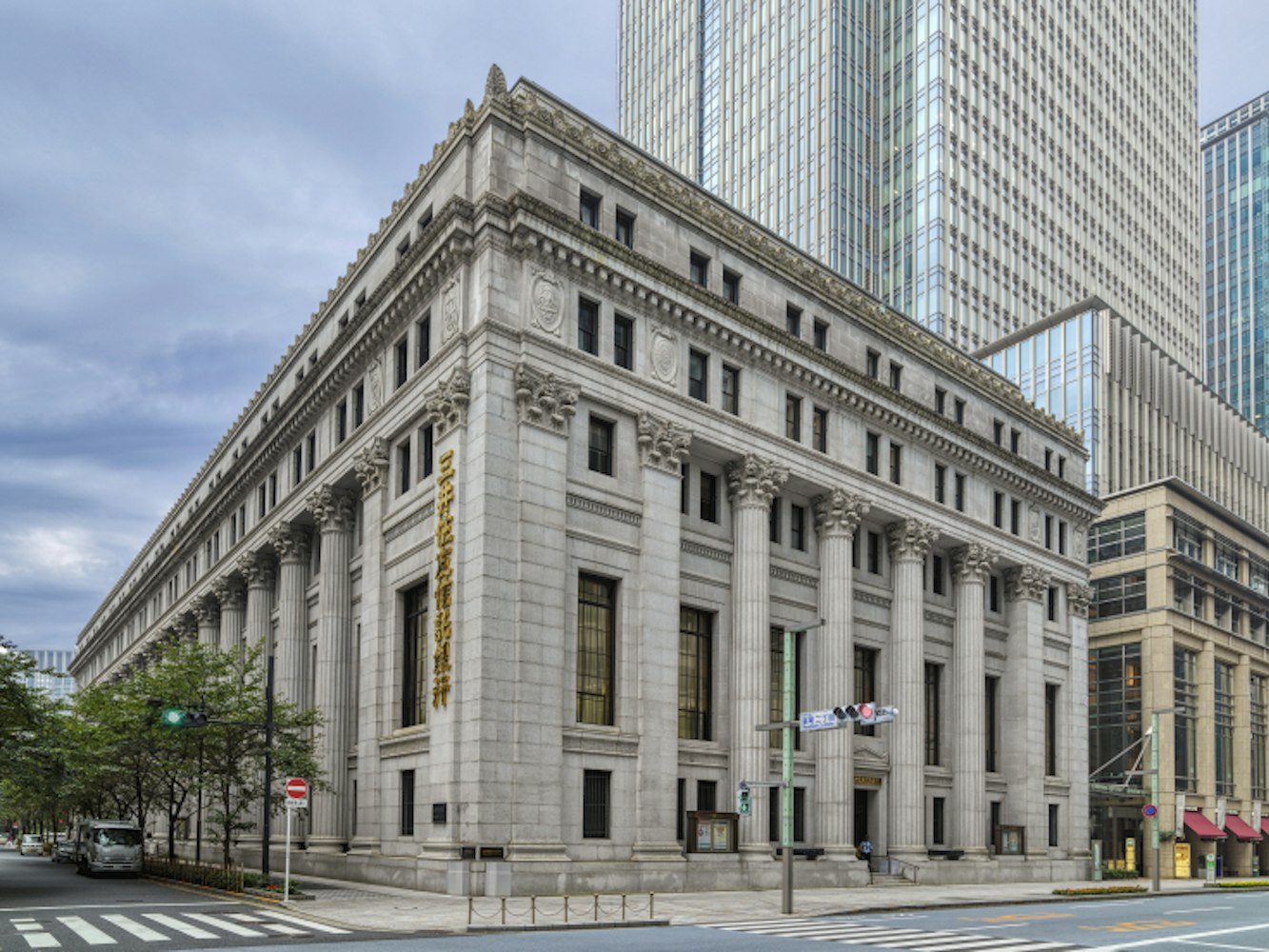
三井家の美術コレクションを展示するこの博物館は、三井財閥と日本の工業化におけるその役割の物語も伝えています。
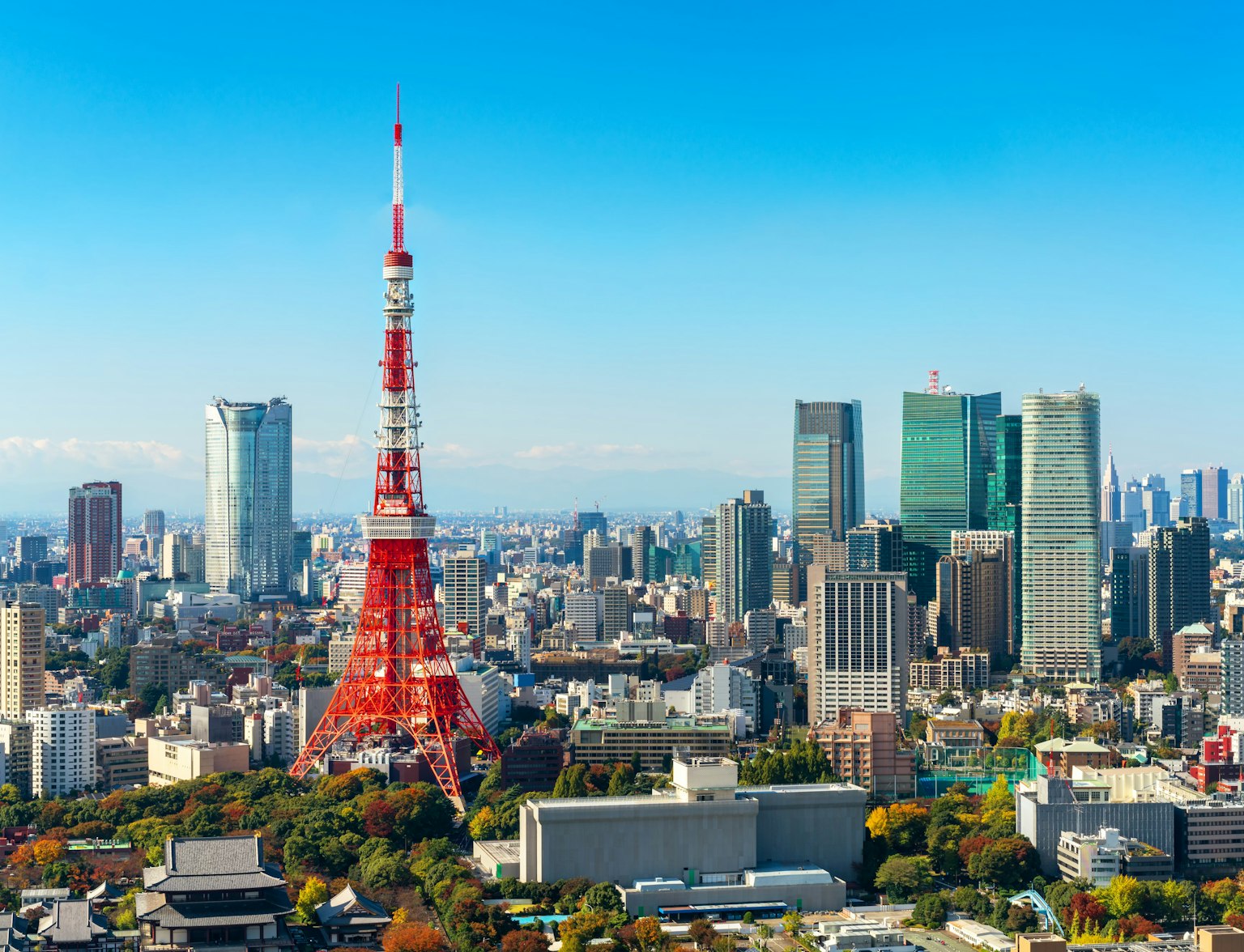
三井記念館を自家用車で探索しましょう。
日本の活気ある都市を探索し、おいしい料理を味わい、そのユニークな文化を体験するとき、明治維新がこの美しい国を形作る上で果たした重要な役割を思い出す価値があります。封建制から近代化への道のりは注目に値するものであり、日本の風景とアイデンティティに消えない痕跡を残しました。
ですから、日本を訪れる際には、その豊かな歴史に浸り、明治維新の遺産に感謝する時間を取りましょう。
日本への旅行は、日本の変容と世界の舞台での台頭を目撃できる、忘れられない時間の旅にあなたを連れて行きます
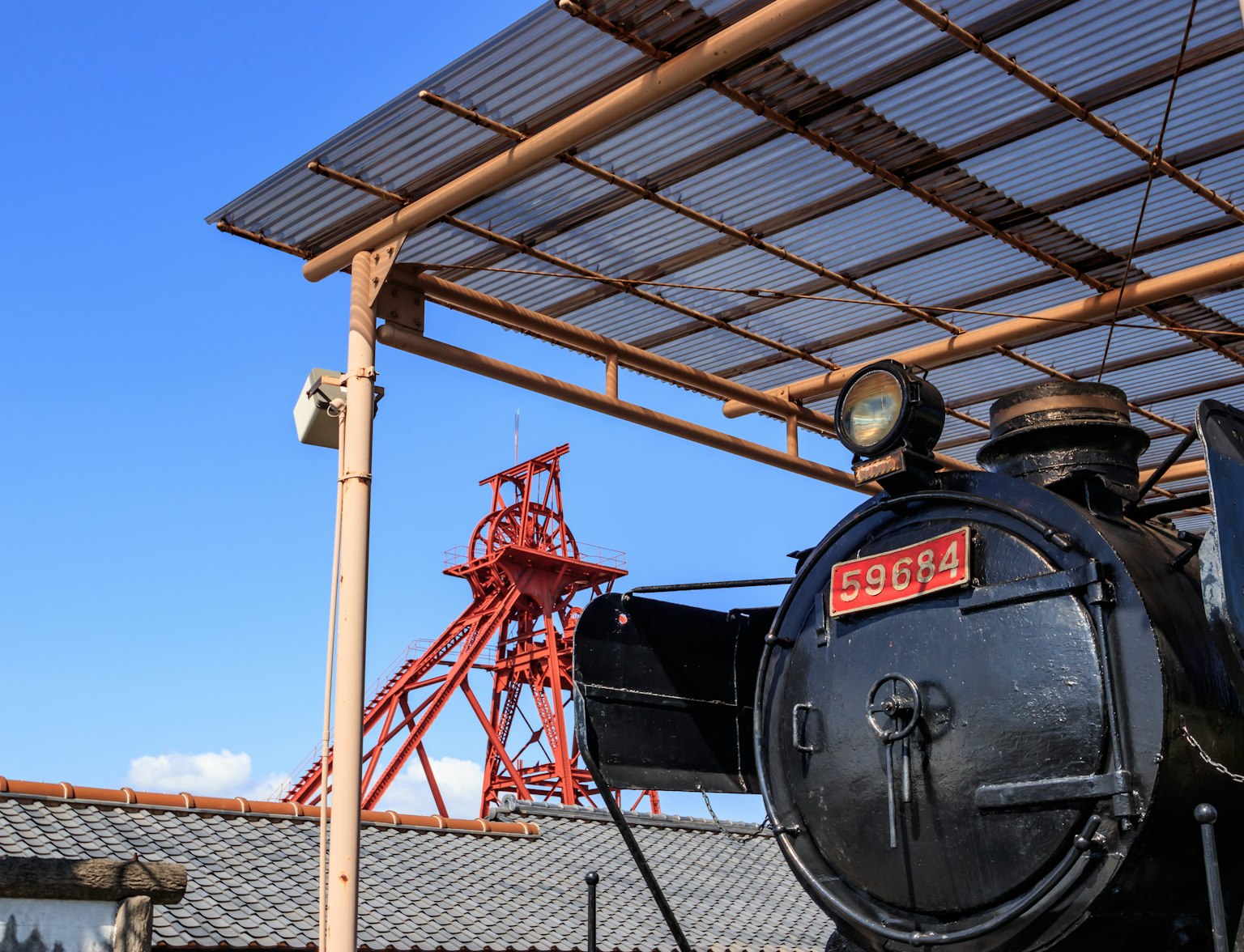
日本の明治産業革命について、鉄鋼、造船、石炭鉱業から学びましょう。



